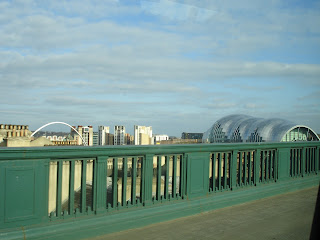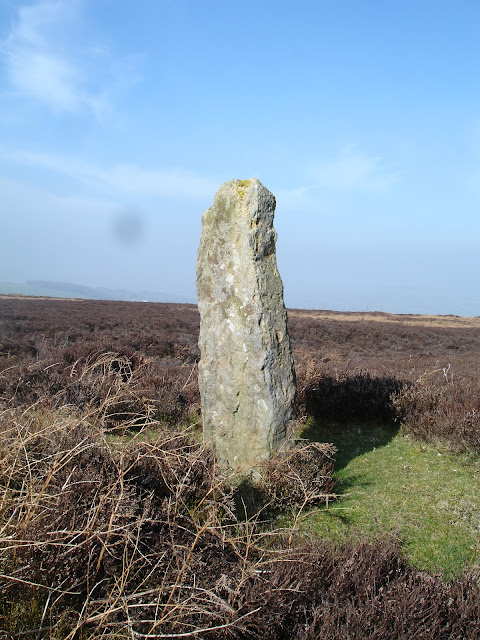Today we did not wake to the mad babble of the 'lunatic asylum' noise of the seagulls on Whitby roofs as they launched into their spring song, we arrived back in Chelmsford yesterday, in beautiful weather and today there is a crisp frost on the green.
Lots of photos, we explored more of the moors round Whitby, Robin Hood's Bay and Staithes fishing villages. North Yorkshire is a large place, never quite sure what is a dale or a beck. The car climbed steep hills, curved round corners that were more than 'Z' shaped and we did not hit any sheep as they ambled lazily across the road. Saw the family a lot, and I even went to Newcastle with my eldest grandson Tom, as he went to an 'Open Day' at the university, also my son-in-law took me to Ikea whilst there which my beloved will never do.... so all in all a busy few days.
 |
'Dinky' England, shops are of course mostly tourist.
|
 |
There is of course a great charm to all these little lanes, presumably they used donkeys to deliver goods |
 |
the sea with the tide out |
 |
Robin Hood's Bay, the steep incline you walk down, as tourist cars are forbidden (nowhere to park) |
 |
Pretty cobbled paving pavements between the houses |
Robin Hood's Bay is or was a fishing village, it is quaint and charming, a lot of the houses given over to holiday lets. There is a fascinating old story in 1881 told about the rescue of a brig called 'Visitor' which was in distress in the bay, and it is commemorated in this plaque........... The photo does not appear to come up but the gist of the story is, that the brig Visitor stranded out in the bay in snowy December was in dire need of rescue so that the brave men of Whitby, 200 to be precise, and 18 horses pulled the lifeboat from Whitby, a distance of 6 miles over the snowy countryside, being met by the men of Robin Hood's Bay who hauled the ship down into the village, and the rescue was made. Would, or indeed could we do it nowadays, but it gladdens the heart that the human race will go to such ends to help each other.

It was rather a dull day when we visited this village so the photos are grey in aspect, which somewhat coloured my impression of the place. Why is it called Robin's Hood Bay when it is so far from Sherwood Forest? well that story rests on shaky ground as you can
read here in Wikipedia.
Notes to myself....
A dale is of course similar to a valley, it just so happens that N.Yorks being overrun by Danes and Vikings in the past have a different name to us southerners; And so to that encyclopedia of all knowledge Wikipedia I learn that
The word dale comes from the Old English word dael, from which the word "dell" is also derived. It is also related to Old Norse word dalr (and the modern Icelandic word dalur), which may perhaps have influenced its survival in northern England.[1] Dale is a synonym to the word valley, which entered the English language after the Norman Conquest. Norwegian towns frequently use this term: dalekvam,dale.









































